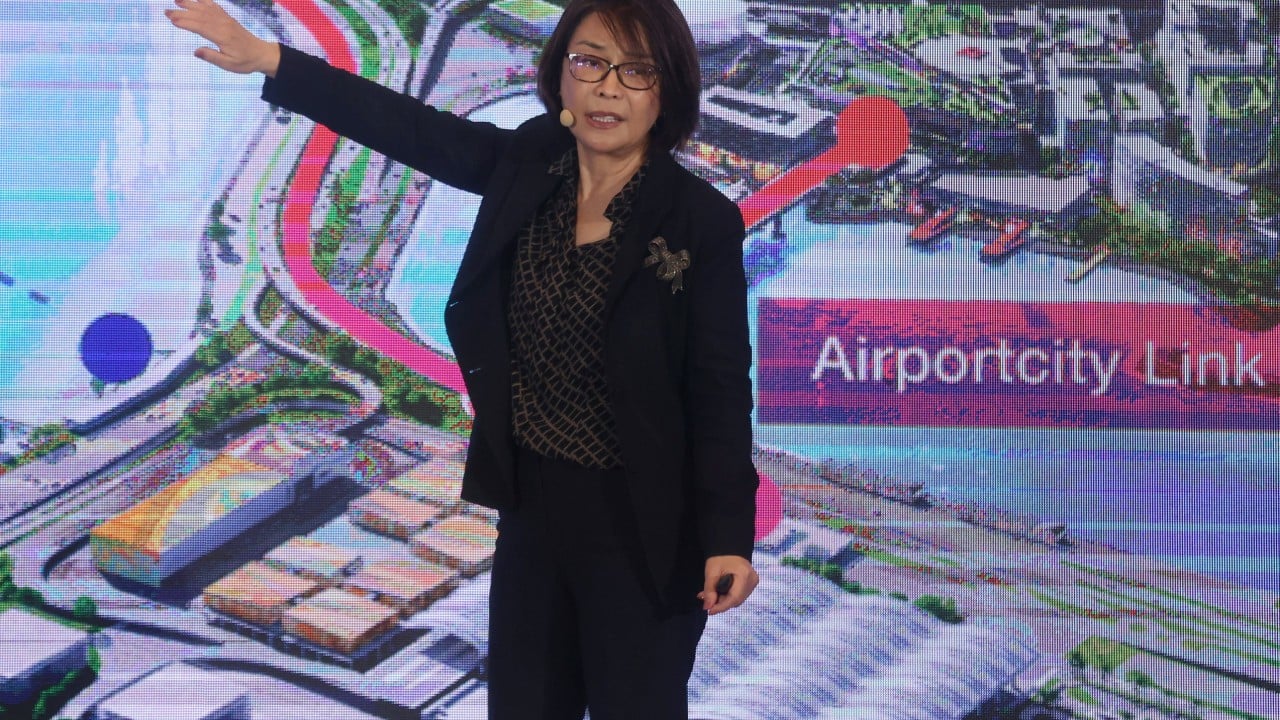Expotainment, edutainment, sportainment – one has to use all sorts of hybrid words these days to heighten the excitement for a development project, just in case a good idea with good design is not sufficient.
Advertisement
Airport Authority Hong Kong promised to deliver a world-class and premium experience when unveiling its “Skytopia” airport city development plan on January 16. The plan encompasses a variety of sectors; it includes an art hub and stand-alone art storage facility, a gourmet market, a marine resort and yacht bay, water sports and recreation areas and the Phase 2 expansion of AsiaWorld-Expo.
The new landmark – which will be situated on the east side of Chek Lap Kok along with AsiaWorld-Expo, 11 Skies and various hotels – is expected to link to Hong Kong International Airport (HKIA) and Tung Chung via an autonomous transport system. It will also be well connected to the Tuen Mun-Chek Lap Kok Tunnel to the east and the Hong Kong-Zhuhai-Macau Bridge to the west.
Many cities have airports, but what does it mean to have an airport city? Does it actually make sense for us to develop one?
The idea of building a destination retail, entertainment and business hub around an international airport has been around for years, giving rise to the term “aerotropolis” – another hybrid word. In this conception, people no longer go to the vicinity of the airport simply to catch a flight and airports are no longer mere gateways to cities. An aerotropolis melds tourism and business, passenger terminals and recreational facilities, visitors and local people.
Advertisement
Airport cities expert John Kasarda called it an evolution where “virtually all of the commercial functions of a modern metropolitan centre are found on or near most major air gateways, fundamentally changing them from ‘city airports’ to ‘airport cities’”.

